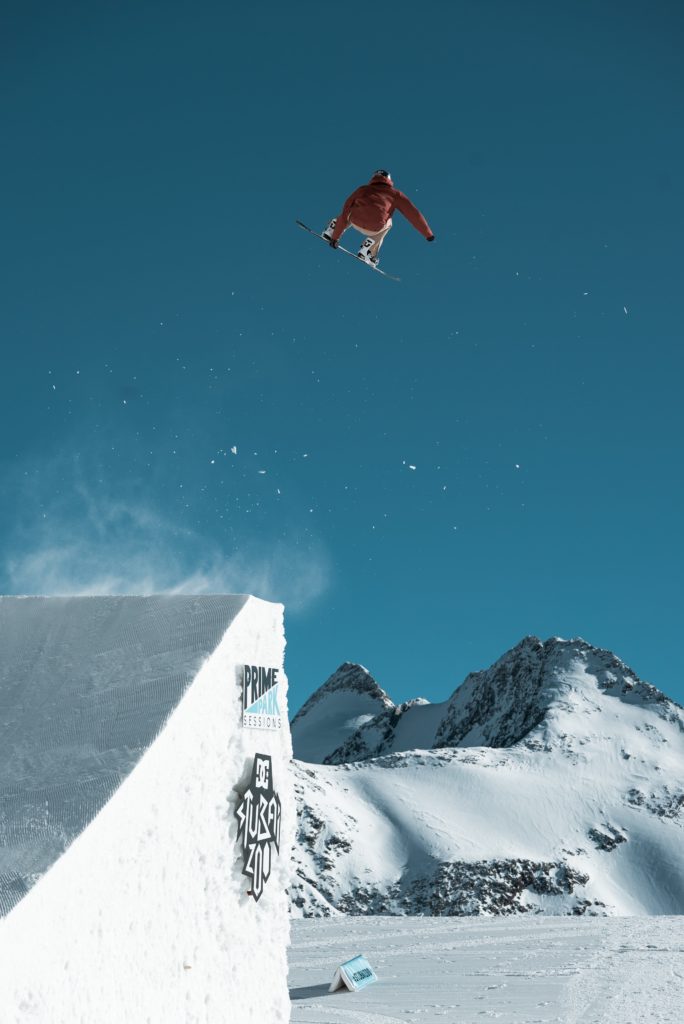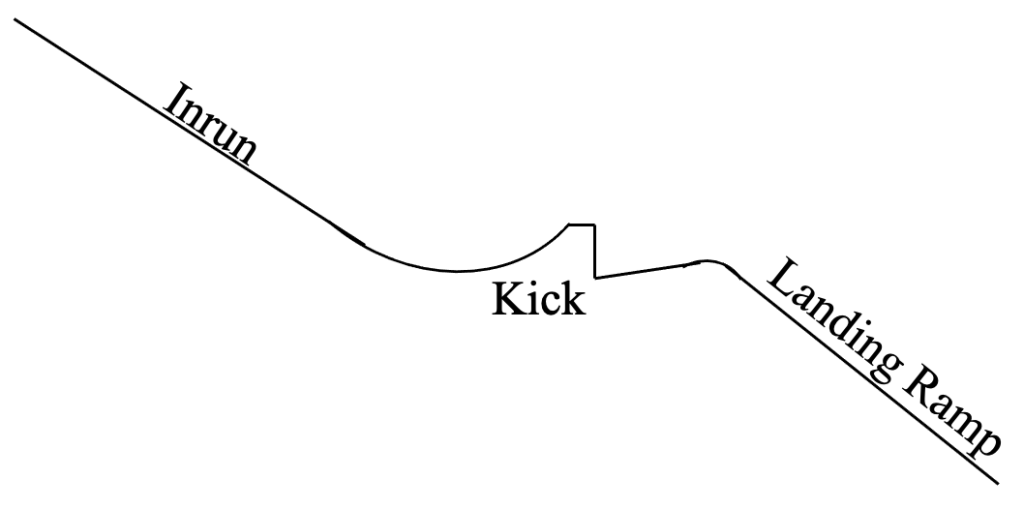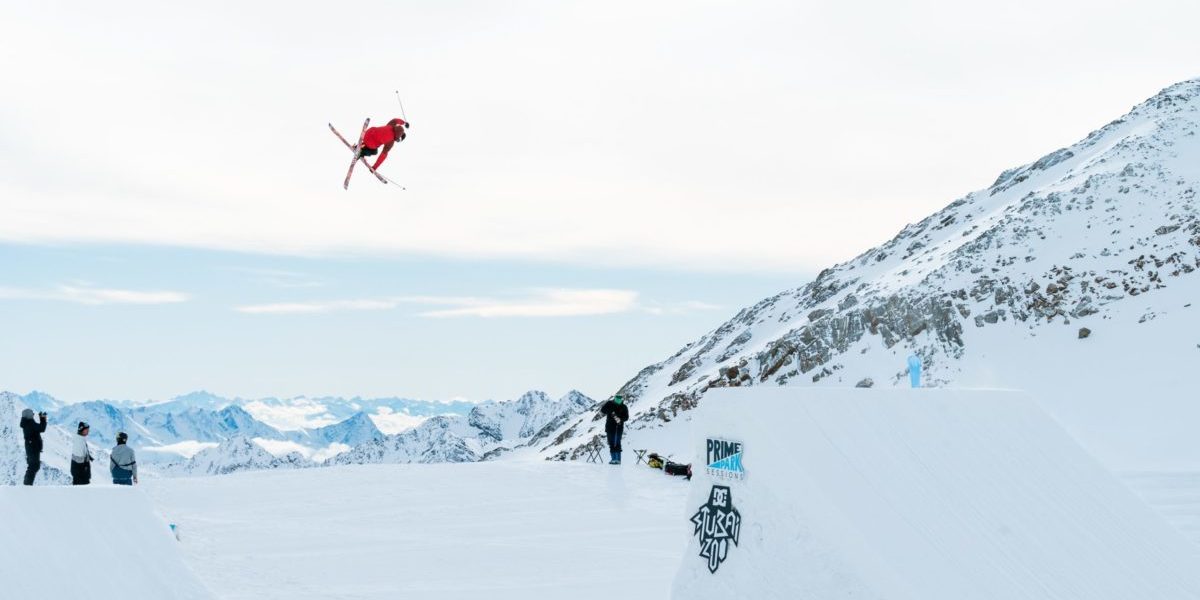Have you ever watched the X-Games or Olympics or any other skiing or snowboarding competition and marveled at the sheer heights that the athletes achieve? Depending on the type of jump the skier goes off, they can reach heights of up to 50 feet off the ground. How exactly do the skiers land what are essentially free falls from such heights? Supposedly “survivable injuries” occur from falling heights above the “critical threshold” of 20-25 feet, so how do these athletes land from heights of up to double this?

First, let’s talk about the limits of the human body and falling. The critical fall height threshold, or the height at which injuries from falling start happening, is defined as “> 20 feet (6 meters)” by the American College of Surgeons Committee on Trauma. This means that “survivable injuries” happen when people fall from the “critical threshold of a falling height of 20-25 feet”. These athletes are falling from heights of up to double this, meaning that they should be sustaining some type of injury, yet they will do multiple runs and emerge completely fine. How is this?
To answer this question, we need to understand the design of the jumps that they are going off. Despite ramps for ski and snowboarding competitions typically being “purpose-built to fit their particular venues,” or built for the specific competition and run they will be used for, the ones that lead to athletes getting big air all share the same general structure, which is displayed below.

It starts with the inrun, a long, straight drop that allows the athletes to accelerate, and then the “kick,” or the actual jump itself that launches the athletes into the air, and last is the landing ramp, another section that is essentially the same as the inrun where the athletes land.
The most important part of the jumps, and the part that allows the athletes to land safely is the landing ramp. The landing ramps downhill slope allows the athletes landing to “convert” their downward momentum from falling into forwards momentum, which spares them the “ruinous impact of a multi-story fall“. The fall impact in situations like this is quantified by physicists as “equivalent fall height,” because “when a snowboarder [or skier] lands at an angle and keeps moving down a slope, the impact is equivalent to falling from a much lower height”. This is the case because gravitational energy gets transformed into “forward-moving energy,” leaving a smaller impact to be absorbed by the knees.
Jump designers and builders have become very adept at making the jumps for competitions very safe by using this concept of “equivalent fall height.” It has reached a point that the park and pipe contest director for the International Ski Federation (FIS), Roberto Moresi, stated in an email to Scientific American that “A good jump is when landing, they barely feel the impact,” meaning that through the design of the jump a fall of 50 feet can lead to a nearly imperceptible impact.
Featured image from Jörg Angeli under the Unsplash License.
